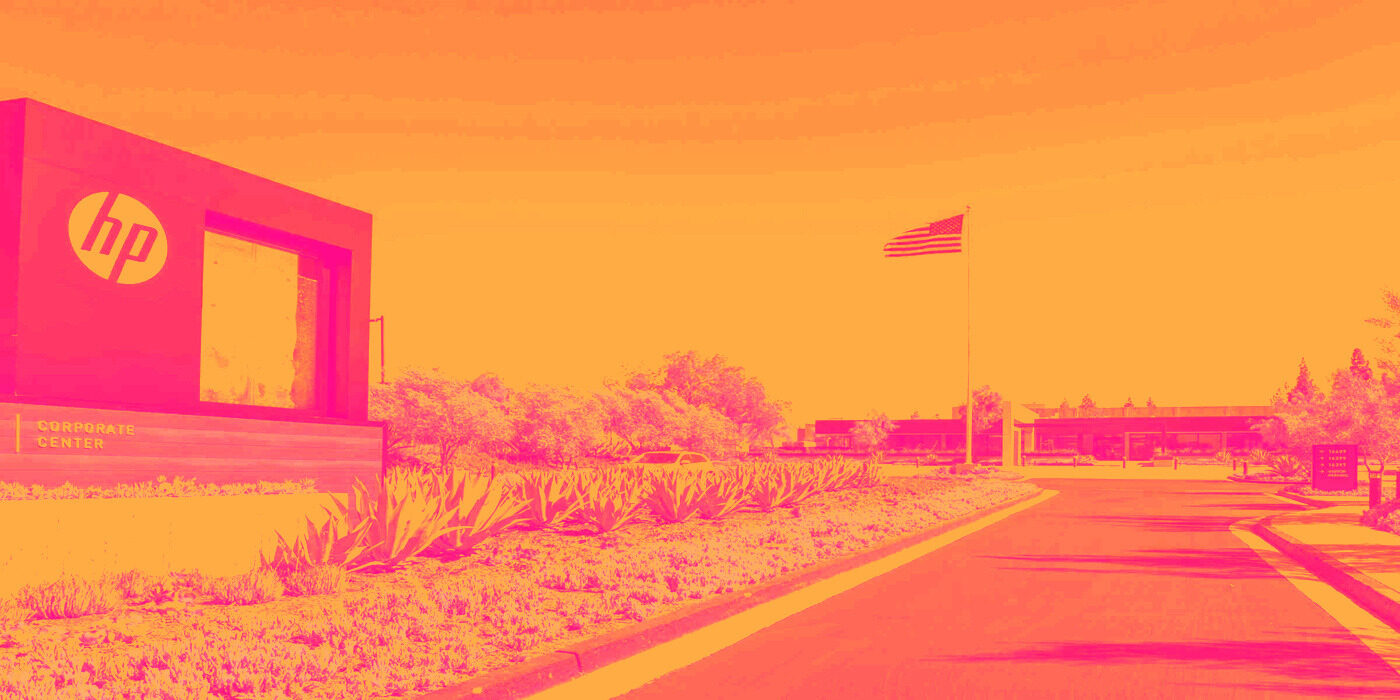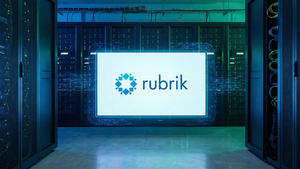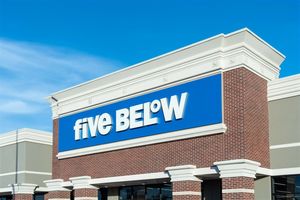
Personal computing and printing company HP (NYSE: HPQ) reported Q2 CY2025 results beating Wall Street’s revenue expectations, with sales up 3.1% year on year to $13.93 billion. Its non-GAAP profit of $0.75 per share was in line with analysts’ consensus estimates.
Is now the time to buy HPQ? Find out in our full research report (it’s free).
HP (HPQ) Q2 CY2025 Highlights:
- Revenue: $13.93 billion vs analyst estimates of $13.76 billion (3.1% year-on-year growth, 1.2% beat)
- Adjusted EPS: $0.75 vs analyst estimates of $0.75 (in line)
- Adjusted EBITDA: $1.14 billion vs analyst estimates of $1.17 billion (8.2% margin, 2.7% miss)
- Adjusted EPS guidance for Q3 CY2025 is $0.92 at the midpoint, roughly in line with what analysts were expecting
- Operating Margin: 5.1%, down from 7% in the same quarter last year
- Market Capitalization: $25.46 billion
StockStory’s Take
HP’s second quarter saw a positive market reaction as the company delivered revenue growth above Wall Street expectations, despite ongoing margin pressures. Management attributed the performance to continued strength in the personal systems business, particularly from higher-value segments like AI-powered PCs and commercial premium products. CEO Enrique Lores highlighted that the Windows 11 refresh cycle and accelerating AIPC (AI PC) adoption were key growth drivers. The company also made notable progress in shifting its North American manufacturing footprint outside of China, helping to mitigate the impact of trade-related costs.
Looking ahead, HP’s guidance for the next quarter is based on continued momentum in both the Windows 11 refresh and AIPC adoption, as well as seasonally strong consumer demand. Management emphasized that operating margin improvements are expected as recent supply chain and cost reduction measures gain traction. CFO Karen Parkhill noted, “We do expect the personal systems operating rate to continue to improve as we continue to work to offset the headwinds of trade-related costs and commodity costs.” The company is also maintaining its focus on expanding subscription and services businesses in print while managing heightened pricing competition.
Key Insights from Management’s Remarks
Management credited robust personal systems growth and effective tariff mitigation with driving quarterly results, while print faced softness and competitive pricing.
- Personal systems outperformance: HP’s personal systems segment, which includes laptops and desktops, achieved strong revenue growth, supported by the Windows 11 upgrade cycle and higher adoption of AI PCs. The mix of AIPCs surpassed 25% of shipments, one quarter ahead of internal targets, indicating strong market demand and effective product positioning.
- AI PC ecosystem momentum: The AIPC category is benefiting from broader software support, with key industry partners like Adobe and Zoom leveraging device-based AI features. Management expects continued application development to drive demand in this segment, particularly as more workloads shift from cloud to local processing using specialized hardware (NPUs).
- Print market headwinds: Print segment results reflected a competitive and price-sensitive environment, particularly in North America and Europe. Despite weaker office demand, HP maintained market share and focused on profitable placements, while continuing to grow consumer subscriptions and industrial print solutions.
- Cost structure improvements: The company completed the transition of nearly all North American manufacturing out of China, with production now ramping in Vietnam, Thailand, Mexico, and the US. This shift, combined with pricing actions and cost reductions, helped offset the majority of tariff-related costs this quarter.
- Sustainability and product innovation: HP advanced its portfolio with new AI-powered products and platforms, including commercial AI-driven video collaboration tools and expanded digital print automation solutions. Management also cited progress toward sustainability targets, with nearly all core products now containing recycled content and US operations running on 100% renewable electricity.
Drivers of Future Performance
Management’s outlook centers on continued demand for AI-powered PCs, operational cost discipline, and expansion of subscription-based services.
- AI PC adoption and refresh cycle: The ongoing Windows 11 refresh and growing demand for premium AI PCs are expected to fuel mid-single-digit growth in the PC market through next year. Management believes that only about half the installed base is upgraded, leaving substantial room for continued sales momentum, especially among small- and medium-sized businesses.
- Margin recovery and cost mitigation: HP anticipates sequential improvement in operating margins, particularly in personal systems, as supply chain actions and pricing strategies take full effect. The company expects to fully offset trade-related cost increases, but recognizes that competitive pricing and commodity costs remain risks to profitability.
- Print business strategy shift: In response to persistent pricing pressure and weak office hardware demand, HP is prioritizing higher-margin segments, such as big tank printers, consumer subscriptions, and industrial printing. The company aims to grow lifetime customer value and maintain cost discipline to preserve print operating profit despite anticipated overall market declines.
Catalysts in Upcoming Quarters
In coming quarters, the StockStory team will closely watch (1) further adoption and monetization of AI-powered PCs and related software partnerships, (2) HP’s ability to sustain margin improvements as cost actions mature, and (3) evidence of stabilization or growth in key print segments, particularly subscriptions and industrial print. Execution on global supply chain diversification and product refresh cycles will also be important indicators.
HP currently trades at $28.07, up from $27.14 just before the earnings. Is the company at an inflection point that warrants a buy or sell? Find out in our full research report (it’s free).
Stocks That Trumped Tariffs
Trump’s April 2025 tariff bombshell triggered a massive market selloff, but stocks have since staged an impressive recovery, leaving those who panic sold on the sidelines.
Take advantage of the rebound by checking out our Top 6 Stocks for this week. This is a curated list of our High Quality stocks that have generated a market-beating return of 183% over the last five years (as of March 31st 2025).
Stocks that made our list in 2020 include now familiar names such as Nvidia (+1,545% between March 2020 and March 2025) as well as under-the-radar businesses like the once-micro-cap company Tecnoglass (+1,754% five-year return). Find your next big winner with StockStory today.
StockStory is growing and hiring equity analyst and marketing roles. Are you a 0 to 1 builder passionate about the markets and AI? See the open roles here.





